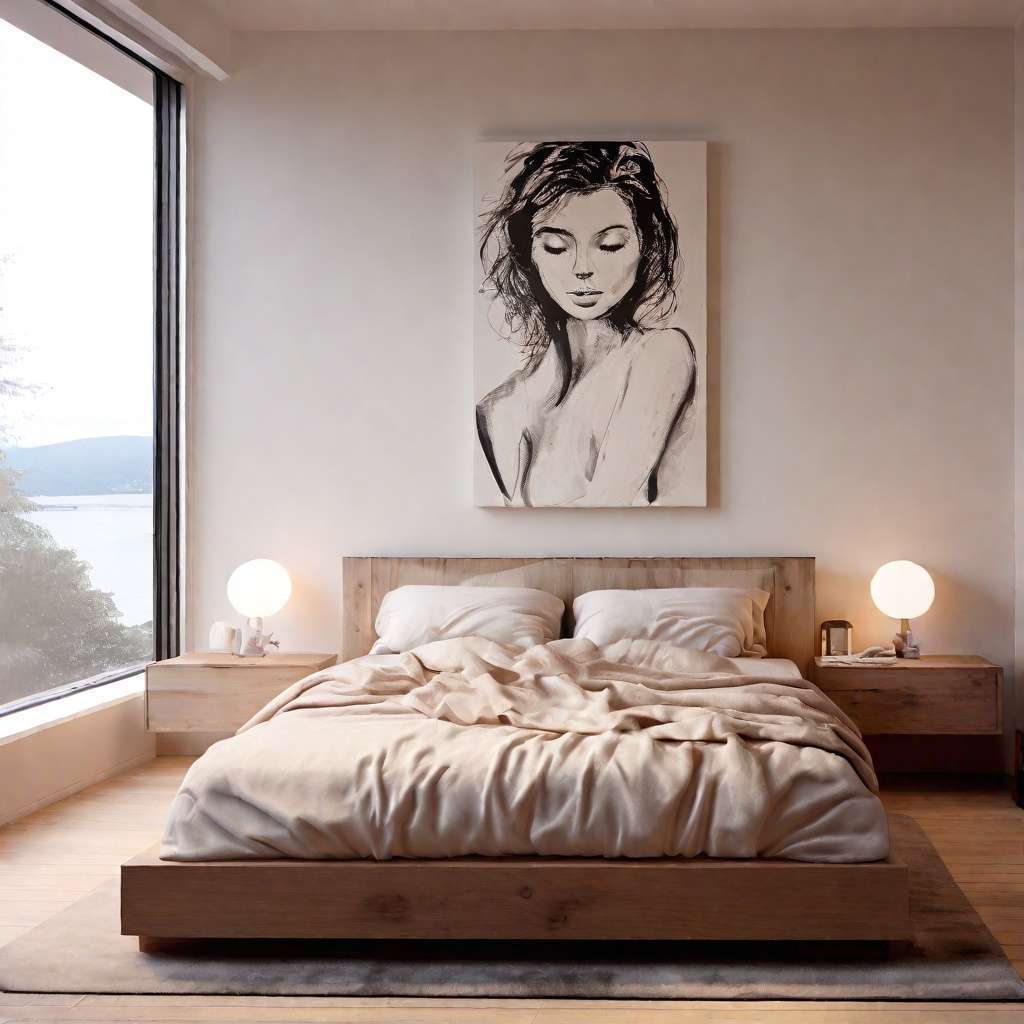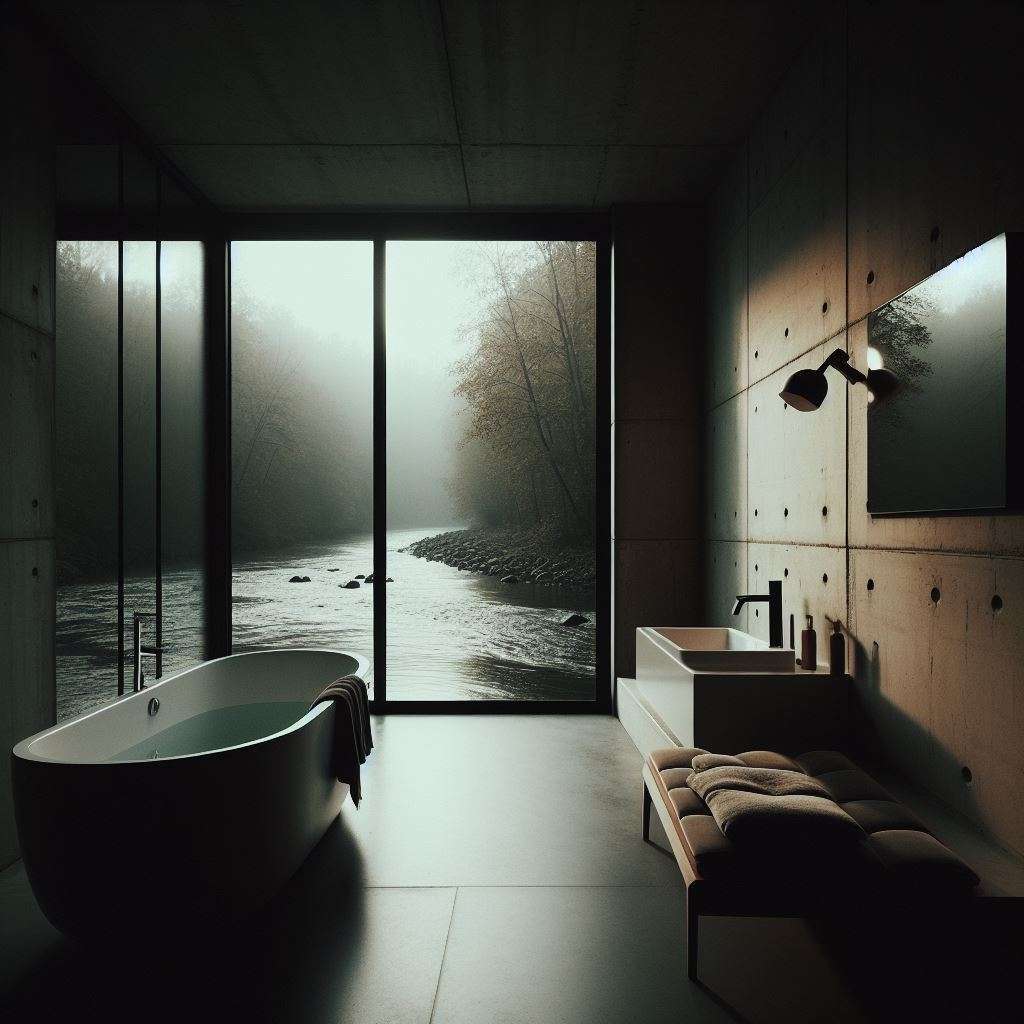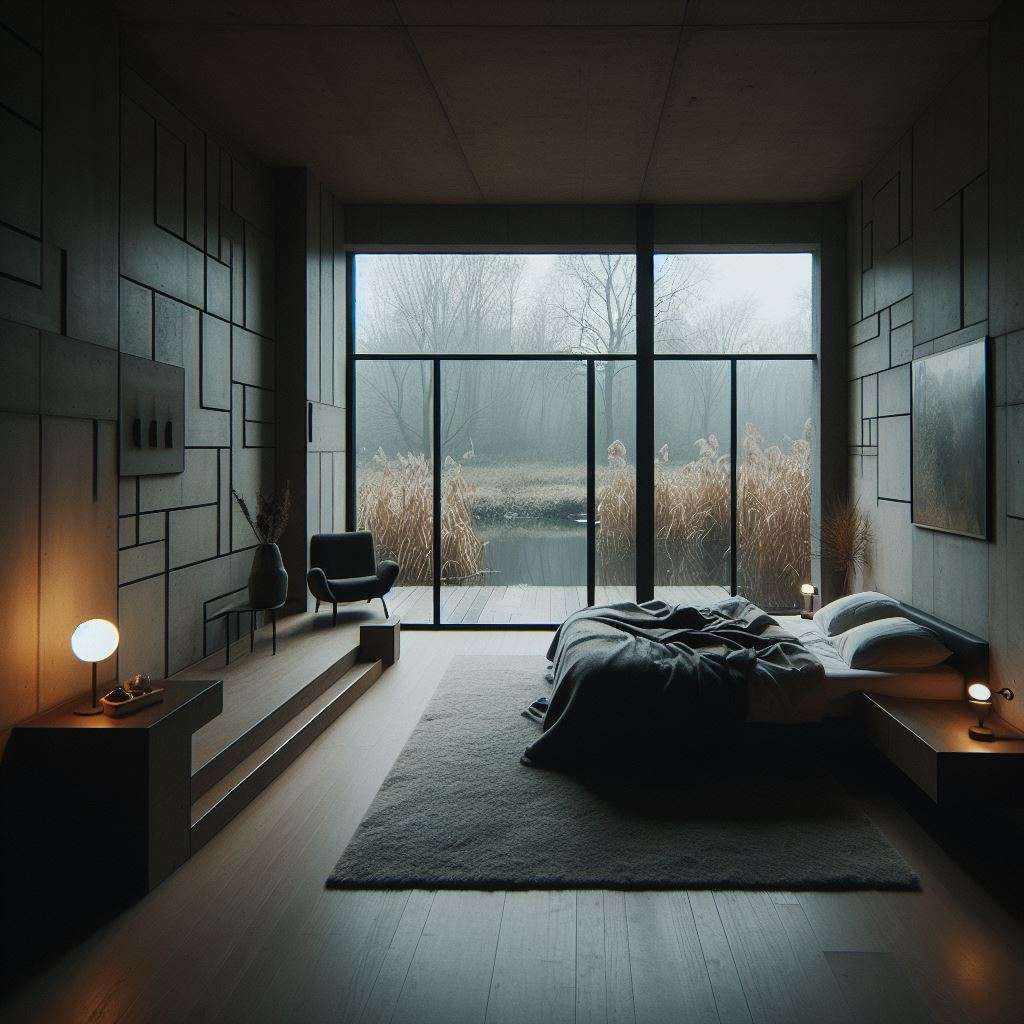AI Based Design
Interior design with AI
Interior design, coupled with artificial intelligence (AI), has the potential to fundamentally transform our living spaces and usher in a new era of home comfort. Interior design with AI integrates advanced technologies to optimize the functionality, efficiency, and adaptability of living spaces.
1. Smart home systems and automation: AI-driven smart home systems are at the heart of smart home design. These systems automate a wide range of tasks, from room temperature control to lighting and security. Through machine learning, they adapt to the preferences and habits of the residents. Sensors detect presence and environmental conditions, enabling dynamic adjustment of the indoor climate and lighting in real time.
2. Personalized room design: AI applications in the design process provide personalized room design. With the help of algorithms, the AI analyzes individual preferences in terms of colors, styles, and furniture arrangements. She can even make recommendations based on residents’ personal tastes to create a bespoke and appealing décor.
3. Smart furniture and space optimization: AI-based tools can help design furniture that makes the most of space. Smart, modular pieces of furniture that can adapt to needs and activities are part of this evolution. From smart cabinets to multifunctional tables, they offer flexibility and style in one.
4. Energy efficiency and sustainability: Another crucial aspect is the integration of AI to increase energy efficiency. AI-driven systems continuously analyze energy consumption and suggest optimizations. This can range from the intelligent control of heating and cooling systems to the efficient use of renewable energy to create a sustainable living environment.
5. Voice-controlled assistance systems: Voice-controlled AI assistants make it easier to interact with the intelligent interior design. Residents can control lighting, music, temperature, and other functions through simple voice commands. These assistance systems can also provide information, schedule appointments, or even perform complex tasks related to interior design.
6. Biometric adjustments: AI can use biometric data to customize the indoor climate or lighting to meet the needs of occupants. This could include automatically adjusting light color and intensity based on the time of day or mood.
7. Virtual Reality (VR) and Augmented Reality (AR): Virtual and augmented reality technologies can be used in the design and visualization of spaces. Residents can use VR glasses or AR applications to explore their interior design in advance and make adjustments before they are realized.
8. Adaptive furniture and robotics: AI-driven furniture that automatically adapts to the user’s needs is an exciting development. Here, furniture could independently reconfigure or adapt itself to perform different functions. Robotic arms could help move furniture or make adjustments.
Overall, designing an interior with AI allows for a seamless integration of technology and aesthetics. By taking into account the individual needs, preferences and lifestyle of the residents, it creates a smart, adaptable and aesthetically pleasing living environment.





